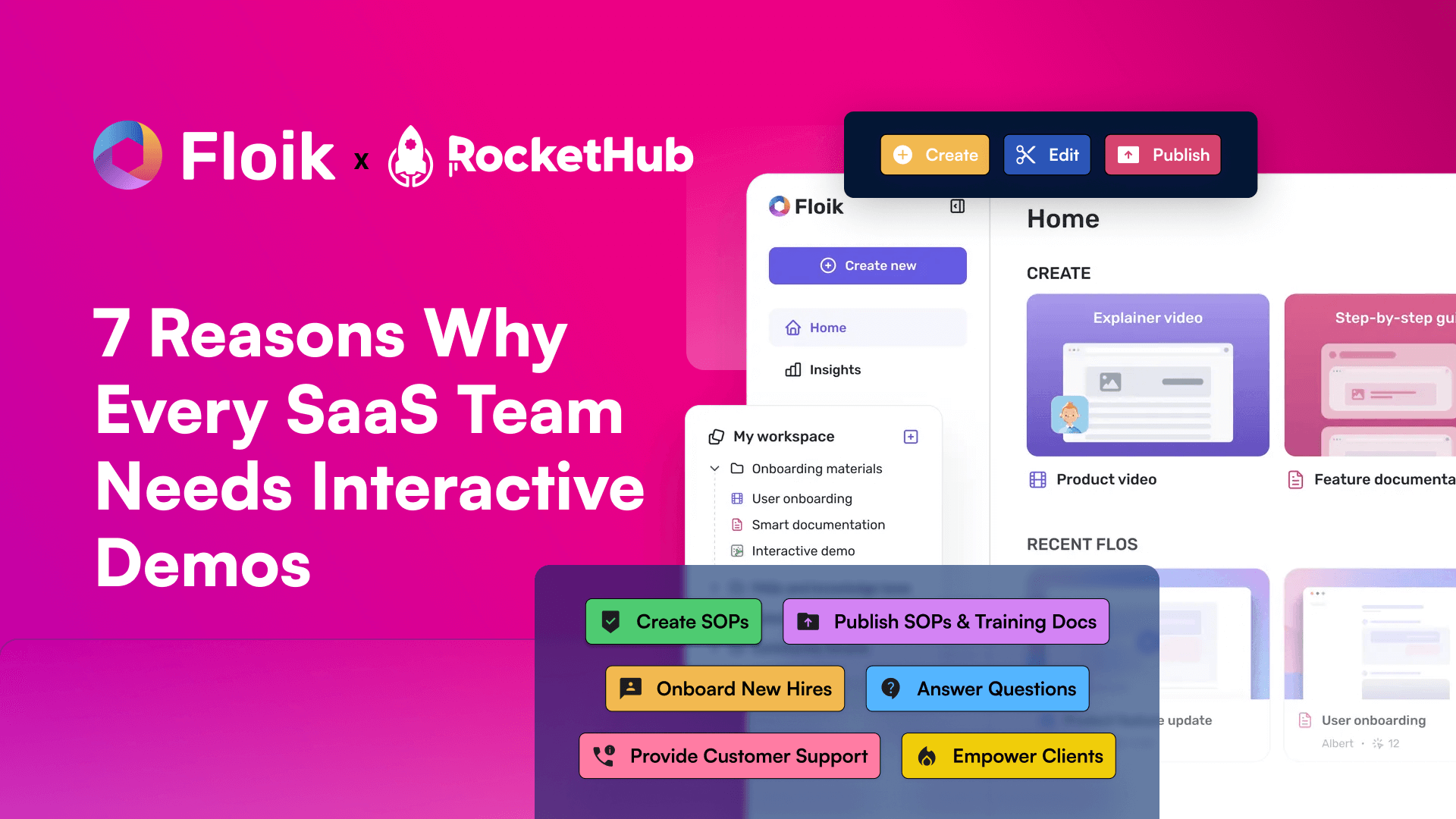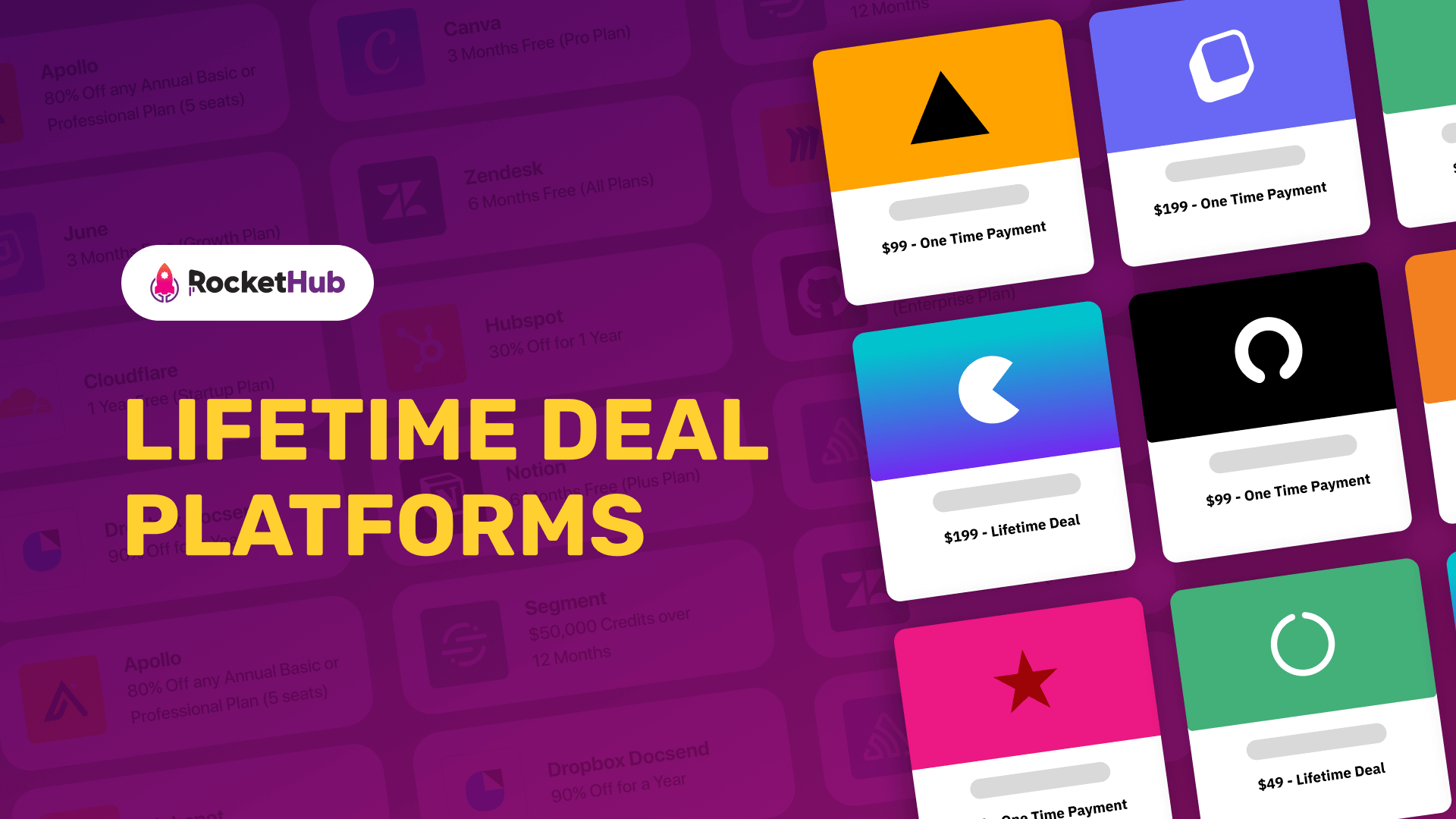
SaaS SEO Strategy: A Practical Guide
- RocketHub Team
- June 15, 2023

In the SaaS field, search engine optimization is essential more than in any other. In order for your business to thrive, you need to expose your products to as many people as possible. The best way to do that is by generating and converting organic traffic. SaaS SEO strategy – whether designed in-house or with the assistance of a SaaS SEO agency or a seo expert – drive brand expansion and success in the long run. Slow-to-build, steady growth is needed as customer acquisition costs (CAC) rise. As the market becomes saturated, quick fixes are no longer possible.
SaaS SEO framework can be better understood if its various components are identified and broken down. SaaS companies use these components to produce powerful, measurable results. We have designed this guide so your team can efficiently utilize their time and resources toward implementing SaaS SEO strategy and best practices.
Are SEO Strategies Still Effective in 2022?
Let us answer this first, YES, the SaaS SEO strategy is still effective in 2022. Almost 60% of the US population says they research products or services using search engines before purchasing them. The majority of people who do a Google search go no further than the second page of Google search results.
The Hubspot study found that 69% of marketers invested in SEO in 2021, up 5% from last year, with more content marketing investment than ever. About 82% of marketers said they actively used content marketing. Most of these marketers are finding that SEO and an optimized website help them achieve their marketing goals, with 75% feeling that their SEO tactics are extremely effective at helping them attain their marketing objectives.
Clearly, SEO is essential to company growth.
The Importance of SEO for SaaS Companies
It’s no surprise that SaaS companies are booming. It provides a suite of software services that can be accessed from anywhere with an internet connection. Online and offline businesses can both benefit from their solutions to countless problems. However, they cannot offer groundbreaking solutions unless their target audience can find them. In light of this, it is imperative that SaaS companies have an effective SEO rankings strategy in place. That’s where an SEO tool for SaaS companies comes in handy.
Increasing Visibility and Ranking in the SERPs
Search Engine Optimization (SEO) aims at improving the visibility and ranking of websites on search engine result pages (SERPs). The best way to accomplish this is to make sure your website is optimized for speed as well as relevant to popular keywords. With the right SEO implementation, your business will consistently be found online by people looking for products and services just like yours. There are several reasons why SaaS businesses should implement an SEO strategy. The most obvious is how important it is that their own website ranks in search engines. SEO is crucial for any business, but it’s even more crucial for SaaS software makers.
SEO plays an important role in attracting new users to SaaS businesses. Most people who need a specific software solution find it on Google. In the absence of high-ranking Google search results, people can’t discover your product or service. It doesn’t matter if you developed the best SaaS product in the world, if no one knows about it, it’s gonna be hard to get more users.
SaaS founders tend to focus on activities that generate immediate results, like running ads, launching on Product Hunt, etc., but don’t pay enough attention to channels like SEO, which can be an excellent user acquisition strategy in the long run even if immediate results aren’t seen right away.
In reality, SEO strategy implementation doesn’t take a lot of time and effort. It doesn’t require a huge marketing team either. Start by simply reviewing your content strategy with an SEO tool, adding a targeted keyword to your piece of content, getting some quick links with link building tasks, and running an on-page audit to identify anything that could be improved, like not using duplicate content, not using broken links, and using relevant keywords to deliver organic traffic. SEO actions that are done every day add up over time.
Content Marketing is The Ultimate CRO
First things first, CRO stands for conversion rate optimization. In essence, it is a fundamental marketing discipline that helps businesses grow. This approach is about creating a positive user experience, which will increase conversions and ultimately increase the return on investment (ROI). The goal of CRO is to find out what drives your users to convert, what inhibits their conversion, and how to make your conversion process much more user-centric. It is useful to understand these factors to create a more user-friendly experience that will encourage users to convert.
There are many factors that affect CRO, but one that marketers often discuss is content marketing. A good content strategy can help you gain credibility, authority, and improve your SEO ranking.
User Intent and Commercial Keywords
When referring to keywords in digital marketing, a single word or a group of words that a user of a search engine or a search bar uses to initiate a search. An SEO strategy should make keywords use a core element, which should be reflected in the content, titles, and SEO elements. Thorough keyword research should be conducted before launching content online on the web and mobile platforms. SEMrush, KWFinder, Ahrefs, and Google Keyword Planner are just a few of the tools available to help with keyword research.
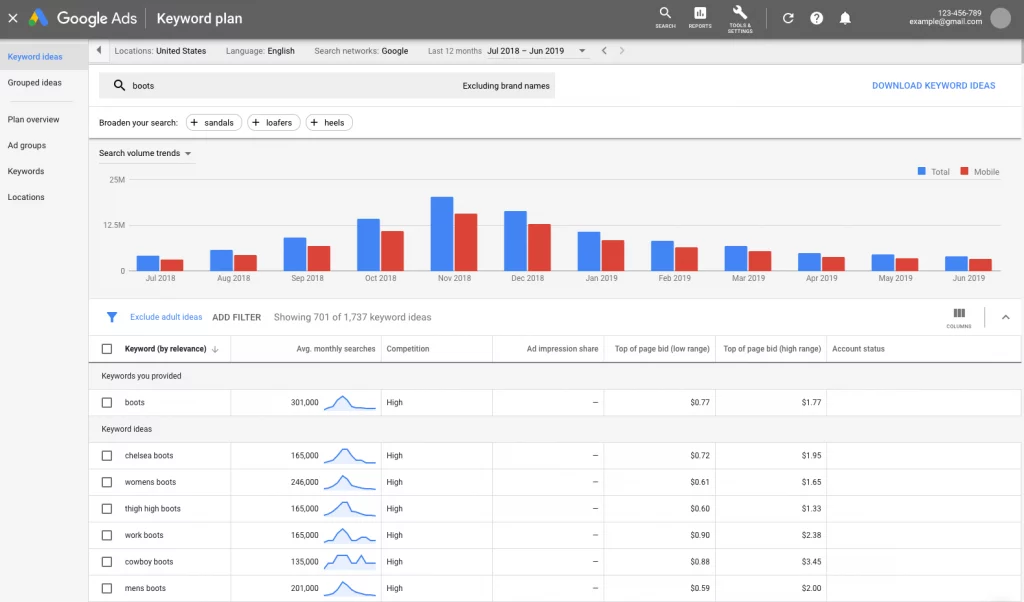
SEO and SaaS Marketing Funnel
SEO might not be the first marketing strategy that springs to mind when thinking about ways to let your target audience know you’ve entered the field and are ready to solve one of their biggest pain points. A successful project requires careful planning and some patience. However, SEO has many benefits over “louder” marketing strategies such as posting on social media and doing cold outreach. When visitors arrive at your site, it’s important to demonstrate your expertise and provide value. A SaaS SEO can help you with this through its ability to tell you what the most prevalent problems are for your target audience.
An important part of keyword research is identifying which questions users are asking, what type of information they are seeking, and the exact words they use in conversations and to read about things they are interested in.
As a SaaS business, user experience is of utmost importance. It ought to be a priority. No matter how innovative or clean your software is under the hood, if your customers can’t find their way around the dashboard, they will get frustrated.
A similar problem occurs when they click on one of your articles on Google, and it takes forever to load. A second example could be when they want to check your pricing packages on their phone between meetings, but the layout appears all scrambled. Technical SEO metrics like site speed, mobile-friendliness, and content relevance are all important not just to Google but also to your target audience.
Let’s explore the correlation between SEO and SaaS marketing funnels below.
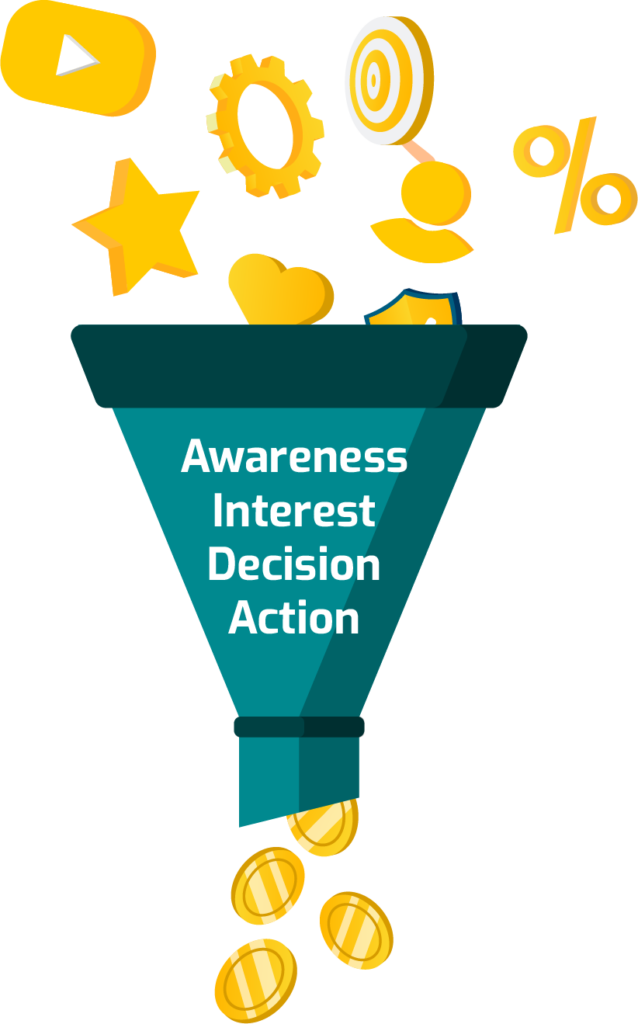
The Top of The Funnel: Brand Awareness
This refers to being able to directly perceive, feel, or be aware of events. In another definition, awareness refers to a state whereby a subject is aware of some information when it is readily available for use in the engagement of a wide range of behavioral actions. It is often equated with consciousness and has also been respected as consciousness itself.
SEO makes your target audience aware of your product or service. It is clearly at the top of the marketing funnel where users are first exposed to your brand.
The Middle of The Funnel: Trust
We all know how vital trust is to our daily lives, but for many, giving and receiving trust is a constant struggle. The same goes for SaaS marketing. When attracting new customers, establishing some simple guiding principles and core values for them to follow can help set the stage for building trust.
Middle-of-the-funnel customers are extremely valuable. These people are eager to buy your products. It’s simply a matter of finding a way to position yourself in front of them as they are researching their options. For example, they want to buy project management software, but first, they want to see what other companies’ software is available and how prices and value compare.
As we are moving into the buying stage of the funnel, we can use a combination of long-tail keyword tools to pinpoint the right words and phrases.
The Bottom of The Funnel: Authority
At this point, when prospects have reached the Evaluation phase, they are usually ready to make a purchase decision – but unfortunately, “no decision” can occur at this point as well.
Currently, the goal is to close the sale in a mutually satisfying manner. Identifying bottom-of-funnel keywords begins by understanding your industry’s terminology and core phrases. In order to showcase the action a user is seeking, we use bottom-of-funnel modifiers. These keywords can be related to purchasing, such as ‘RFP’ or ‘proposal’ or ‘quote’, branded and competitive terms, call, request, contact keywords, cost, and pricing comparisons, and specific location i.e. city, state, neighborhood, or zip code. Utilize the modifiers that are most appropriate for your industry. Then, upload these keywords into Google’s Adword Keyword Tool, or try out Wordstream, SEMRush, or Keywordtool.io.
A keyword research process requires research, implementation, time, and testing. Visitors at the bottom of the funnel (BOFU) are seriously considering purchasing your product – they just need a little convincing to convince them. The prospects at the bottom of the funnel are aware of your existence and may have visited your site multiple times. In order to make the sale, your job is to persuade them one more time.
The Secret Sauce to Link Building
Link-building and link acquisition are hot topics since links are a valuable and highly coveted tool. Acquiring links can be challenging. It takes strategy, time, and sweat equity. The importance of maximizing the power of every link earned can be seen from this example. This is achieved with internal links.
Link-building relies on internal links to harness the power of external links. Internal links increase the power of your acquired links like fairy dust. Your internal links are the key to generating more powerful links for your website. You can either improve your website’s ranking in SERPs with link building, or you can completely fall behind. Utilizing internal links strategically can increase traffic and conversions. It will require a bit of work, but the end result is well worth it.
Let’s move on to the next 3 advanced link-building growth hacks!
Link Reclamation
For every website, link reclamation is the most straightforward and easiest way to build links. It is important to reclaim a link to your site that previously existed but has since been broken or removed. Tools like Moz’s Fresh Web Explorer allow you to type in your brand and find any mentions across the web that are unlinked. Search operators can be used to find mentions of your brand and see whether they link back to your website.
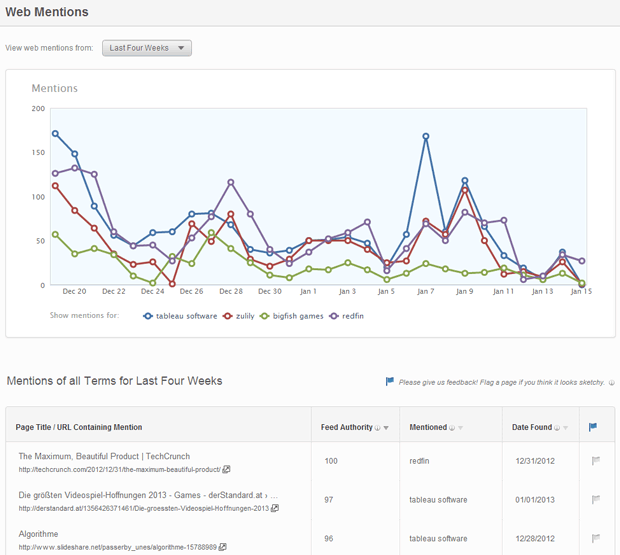
If you want a link back, you can contact the publisher from there. Moreover, you can sign up for Google Alerts to receive email notifications each time your website or brand is mentioned online. Because Moz’s tool only goes back four weeks, this can help you stay on top of your brand and identify new opportunities for backlinks.
Broken Link Building
Broken link building is essentially the same as link reclamation, except it involves leveraging broken backlinks from all over the web. If there are any broken links on a page during your investigation, you can use this google chrome extension. In order to find the goldmine of broken links, you must do some subject research through SEMrush or Ahrefs.
Reverse Engineered Competitor Link Building
SEMrush or Ahrefs can be used to download a CSV of your top competitors’ backlinks. Sort your spreadsheet and tag it according to gTLDs (.com, .org, .de, etc), industry, geography, DA / PA, traffic, the total number of unique referral domains, and other metrics relevant to your campaign. It’s best to nerd out over all the data on your competitor and analyzes how they earned each link, then just do it better. Enjoy disqualifying links that you’d never want, and celebrate when you have content (or a plan) that will undoubtedly earn a link from the target site.
Now is a good time to explain the Skyscraper technique. The Skyscraper Technique is when you identify content ranking for a keyword you want to rank for (or a link inside the content you want to link from) and then you write content that is better.
Conclusion
Finding the right SaaS SEO strategy can be difficult. Discovering how you can use search engine optimization to grow your online visibility and attract more customers is definitely a challenge. Especially if you were to attempt to do it on your own. There are, fortunately, agencies that are dedicated to helping SaaS companies navigate the murky waters of SEO with strategies that actually bring long-term growth, not just flashy metrics they can use in their own advertising.
Share This Post
RocketHub Team
The launch crew at RocketHub writes about startup and SaaS growth. Be a fellow Rocketeer and show some love by commenting below with your thoughts on our content.
Table of Contents
Get The Latest Updates
Subscribe To Our Weekly Newsletter
Sign up below to be one of the first crew members onboard and get early access to amazing deals.
Recent Posts


Social Media
Categories
Related Posts

Lifetime Deal Platforms
The best lifetime deal platforms for software. Platforms lik RocketHub scour the web for the highest quality products to bring buyers the best lifetime deals on their platform.

How to Work for Yourself + 13 Solo Business Ideas
Do you ever wonder if being your own boss could truly set you free? In this article, we’ll explore the theory that unleashing entrepreneurial freedom
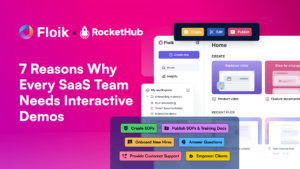
7 Reasons Why Every SaaS Team Needs Interactive Demos
Making a Case for Interactive Demos: 7 Reasons Why Every SaaS Team Needs Them Let me paint a scenario for you. You want to buy

